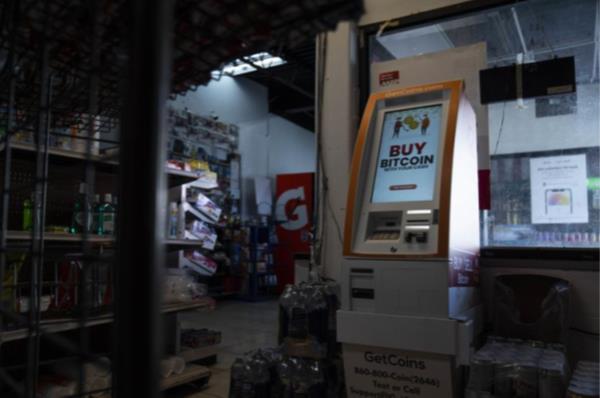Exhibit 99.1
Crypto’s Brutal Slump Has Finally Caught Up With Bitcoin ATMs
| • | Dollar amounts received by BTMs fell 28% since start of 2021 |
| • | Despite the slowdown, some industry executives remain bullish |

A Bitcoin ATM at a gas station in Washington, DC. Photographer: Sarah Silbiger/Bloomberg
By Carly Wanna, Anna Irrera, and Rachel Butt
November 26, 2022 at 12:00 AM CST
Amherst County, Virginia, doesn’t have a hospital. It does have a Bitcoin ATM.
It’s inside the Dogwood Express Market, a convenience store just down the road from the local used-car dealership. The machine lets people buy, receive and send Bitcoin, the largest cryptocurrency.
Whether they choose to do so, however, is another matter. “I’ve never seen anybody even use it,” Chrissy Scruggs, a 27-year-old employee at the Dogwood Express, said in October.
Since the first Bitcoin ATM was installed almost a decade ago, the number of machines proliferated, impervious to cryptocurrencies’ boom-and-bust cycles. From the bustling streets of New York City to rural communities like Amherst County, they popped up everywhere, physical symbols of crypto’s growing mainstream appeal.
Then came 2022, and a “crypto winter” that sent Bitcoin plunging 64% and swept away companies from Celsius Network to Sam Bankman-Fried’s FTX. The number of crypto ATMs in the US peaked at just over 34,000 in August and has since dipped slightly, according to Coin ATM Radar, which tracks the machines. September marked the first month in the industry’s history that more ATMs were retired than installed, Coin ATM data show (October saw a small rebound).
Even worse, the amount of money the average machine handles has fallen sharply, calculations by Bloomberg News based on available industry data show.


